We may earn money or products from the companies mentioned in this post. This means if you click on the link and purchase the item, I will receive a small commission at no extra cost to you ... you're just helping re-supply our family's travel fund.
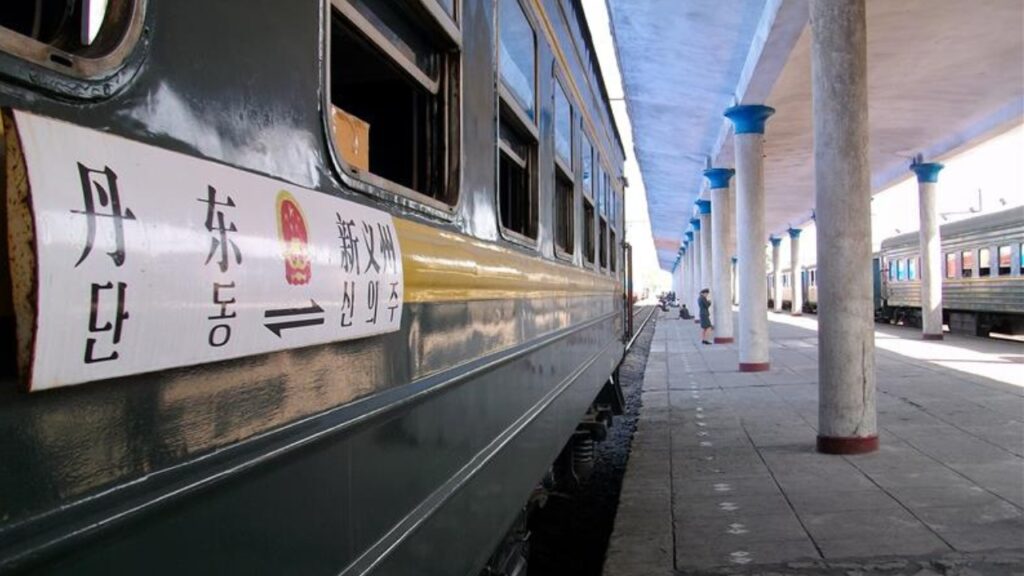
There are few journeys more surreal than a train ride into North Korea. Crossing from the hustle of Dandong, China into the stillness of Sinuiju, travelers get a front-row view of a country frozen in time. This slow, haunting ride to Pyongyang reveals far more than just landscapes—it exposes layers of culture, surveillance, and surprising human moments. Here’s what you’ll learn during one of the most unusual rail trips in the world.
1. You’ll Feel the Border Shift Immediately
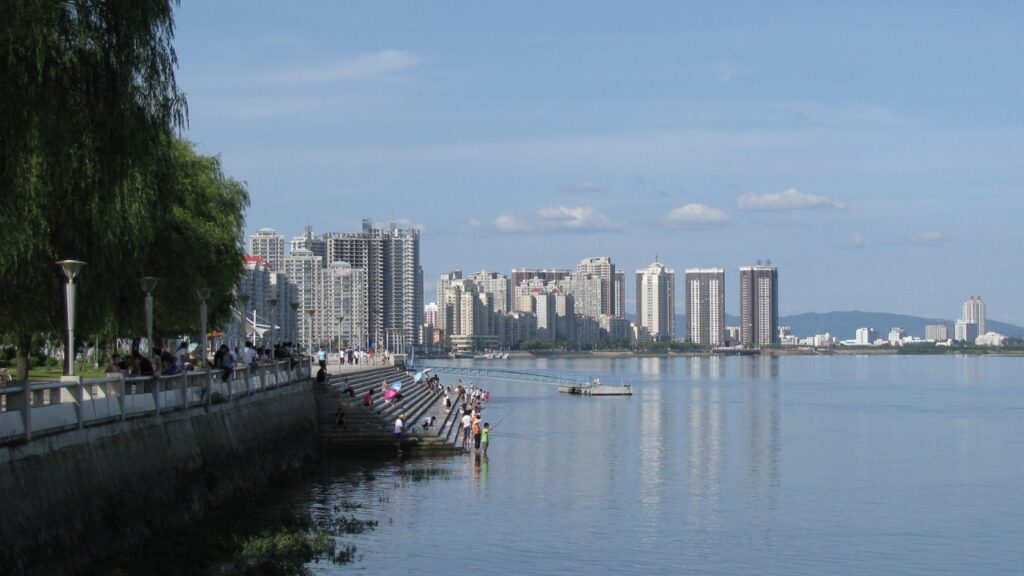
Leaving Dandong’s glitzy skyline behind, the train rolls across the Yalu River into a realm of silence. The shift is immediate—decrepit buildings, muted colors, and an eerie stillness greet you. Sinuiju, North Korea’s first town, seems suspended in the past. The contrast is jarring, and it’s your first taste of the surreal journey ahead, where even a small amusement park sits abandoned and silent, a haunting echo of a forgotten joy.
2. Customs is Intense But Strangely Cordial
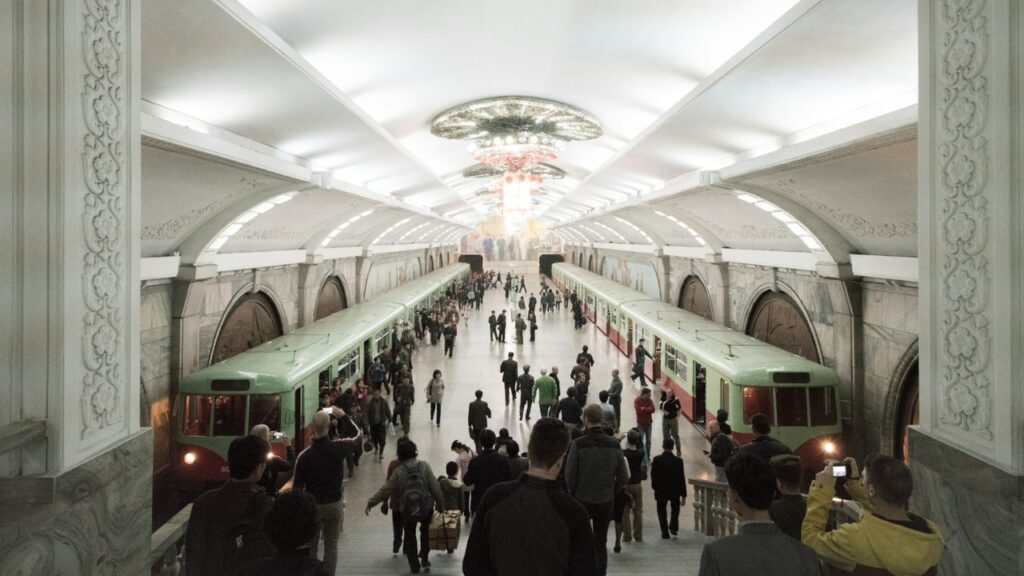
North Korean customs officers board with authority. Luggage is opened, scanned, and carefully recorded—cameras, laptops, and video gear counted. Phones are sealed in envelopes, not to be touched until you leave. Yet there’s a surprising familiarity between officers and passengers. Once inspections finish, they chat, joke, and share cigarettes as if among old friends. It’s a bizarre blend of control and casual camaraderie, setting the tone for the rest of the ride.
3. The Train is Packed With Traders and Elite
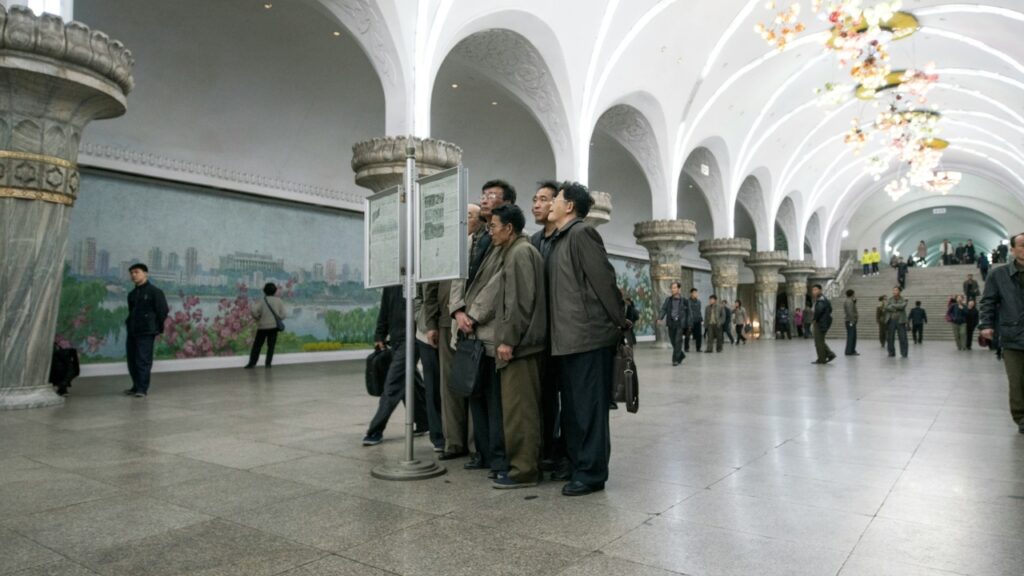
Inside the North Korean carriages, you’re joined by a mix of Chinese-Korean traders, government officials, and the occasional elite. One man sports a designer leather bag, gold chain, and luxury shoes, traveling weekly for business. These figures blur the lines of ideology and capitalism, conducting border trade despite heavy sanctions. The dining car buzzes with conversations, and you realize that even in North Korea, commerce finds its own discreet path.
4. There’s a Soft Border Within the Train
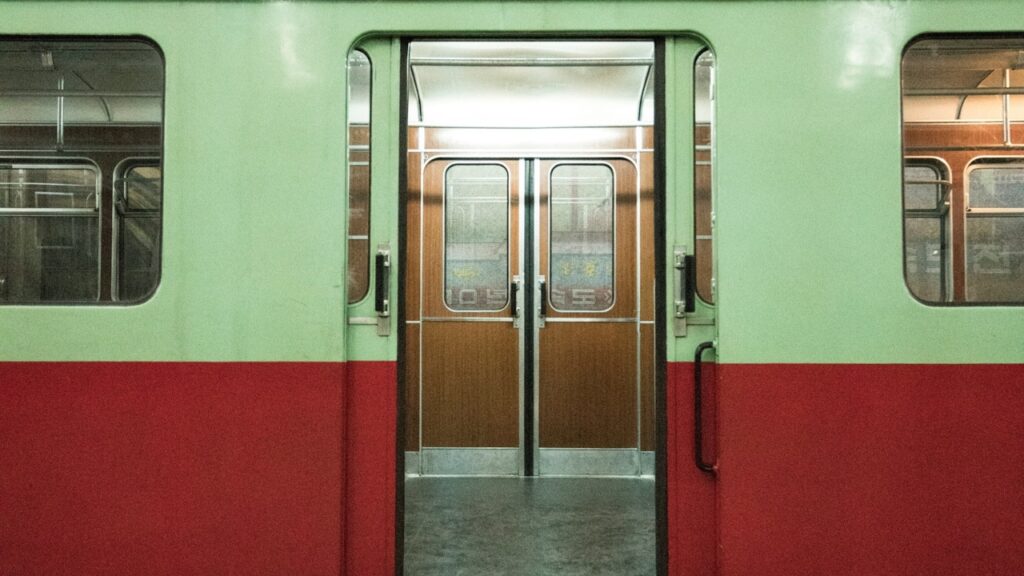
Attached to the Chinese sleepers is a North Korean “soft seat” carriage, marked by portraits of Kim Il-Sung and Kim Jong-Il. It’s separated from the lower-class sections by the dining car—symbolic of the social divisions that exist even here. The journalists on board are restricted from entering these compartments, reinforcing the stratification. It’s not just a train; it’s a moving model of North Korea’s layered society.
5. The Dining Car Offers a Taste of Daily Life
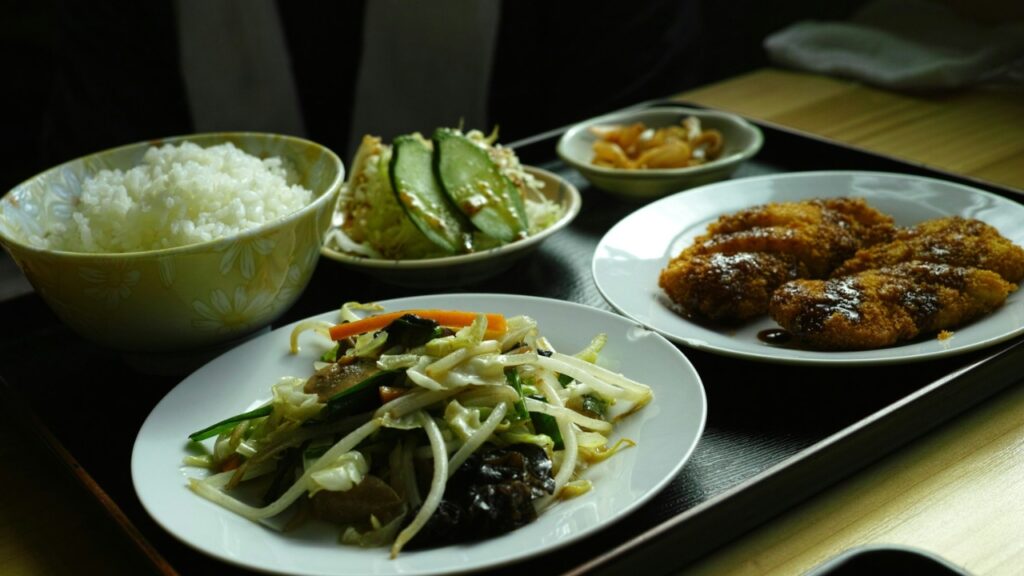
The dining car becomes a cultural microcosm. Chinese businessmen sip soju and shout across tables, while North Koreans quietly eat grilled fish, kimchi, rice, and soup. The food is plain but filling, and the warm water served alongside feels like a ritual. Mobile phones are out—but only for the privileged few. This space, filled with steam and chatter, feels like a temporary haven from the silence outside the train’s windows.
6. The Countryside is Quiet, Sparse, and Beautiful
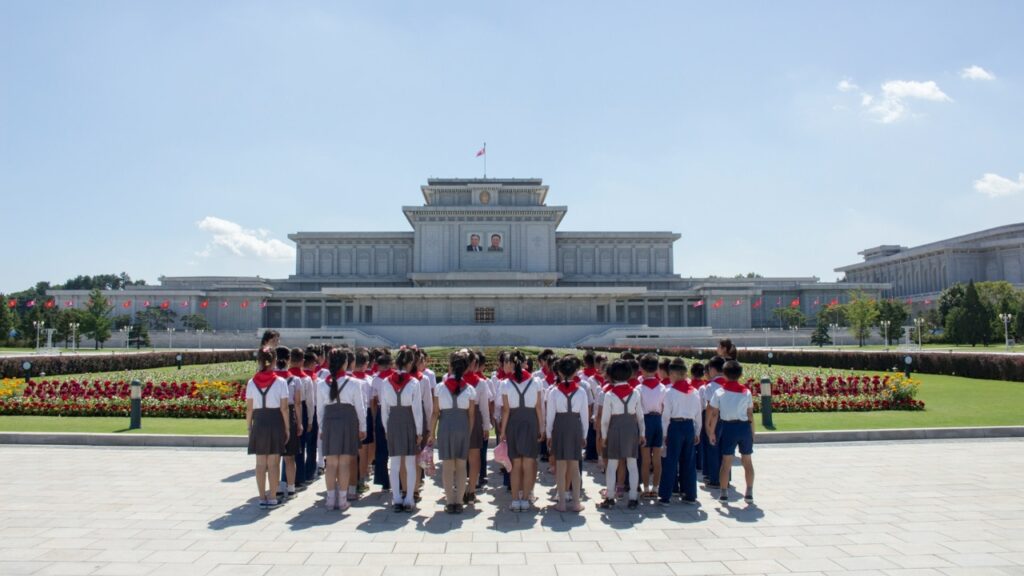
Rolling past rice fields and distant mountains, the North Korean countryside unfolds in shades of gray and green. Children wave as the train passes; men push bicycles down long, empty roads. There are no tractors—only oxen tilling the fields. This is the nation’s rice basket, and while the land is fertile, it feels like it’s working with one hand tied behind its back. It’s raw, haunting, and strangely peaceful.
7. The Villages Feel Frozen in Time
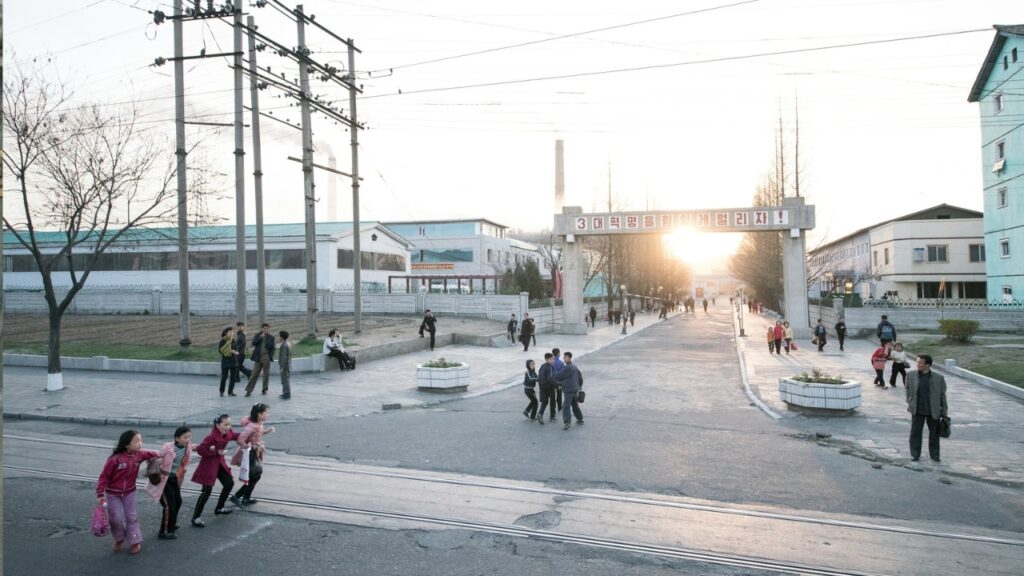
Clusters of whitewashed homes with ochre roofs dot the landscape, forming villages that seem untouched by the modern world. As night falls, darkness settles fast—electricity is scarce, and only a few dim windows glow. People make the most of limited current, charging lamps and batteries. It’s a reminder of how different daily life is here, where scarcity shapes routine and resilience defines survival.
8. Pyongyang Appears Like a Mirage
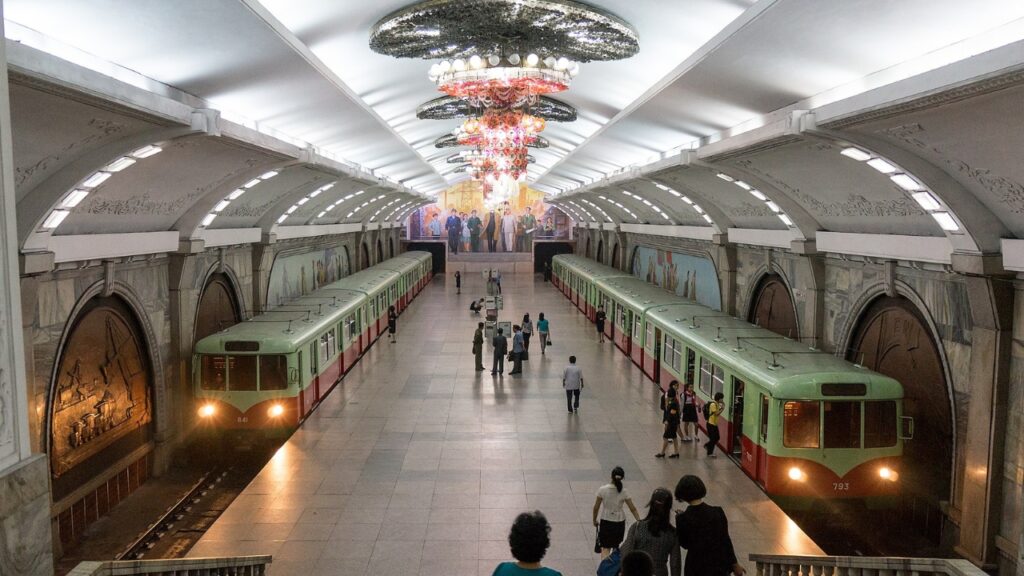
After ten hours, the dim landscape gives way to unexpected lights. Pyongyang rises slowly in the distance, more lit than anywhere you’ve passed. Strings of lights outline government buildings, and the massive portrait of Kim Il-Sung on the train station glows through the night. It feels staged, curated—meant to impress the incoming few. For a moment, you forget where you are, until the train stops and silence returns.
9. This Ride Teaches You to Read Between the Lines
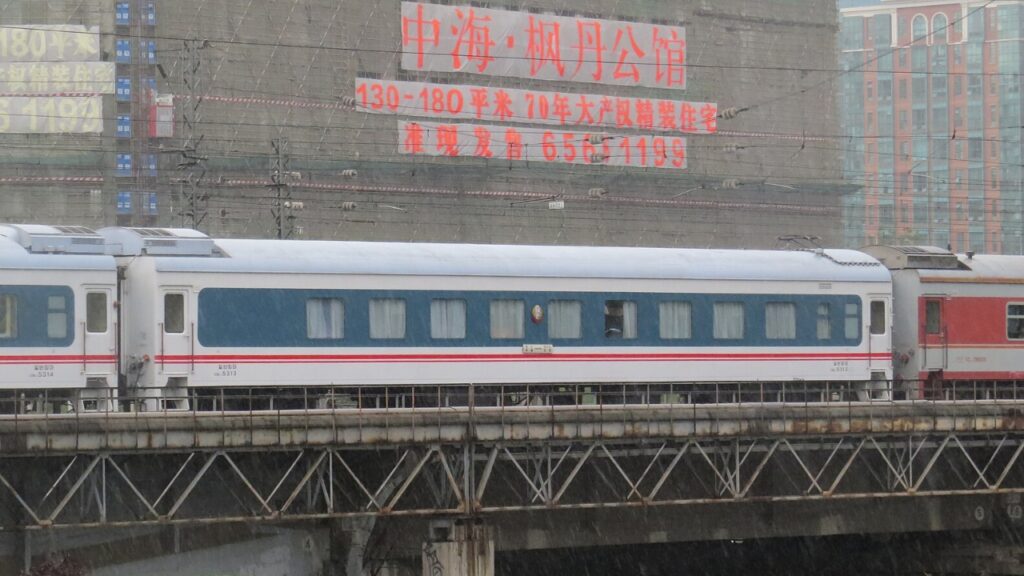
More than a mode of travel, this train ride offers a rare window into a closed world. You see hardship, yes—but also pride, routine, and quiet human connection. You’ll learn to read gestures, tones, and silences. You’ll observe how culture persists in whispers and side glances. This is not a place that speaks loudly, but it tells you everything—if you’re willing to watch closely and listen in between the stops.